THIS IS A METHOD OF CONTROLLING INCOMING TRAFFIC TO THE API
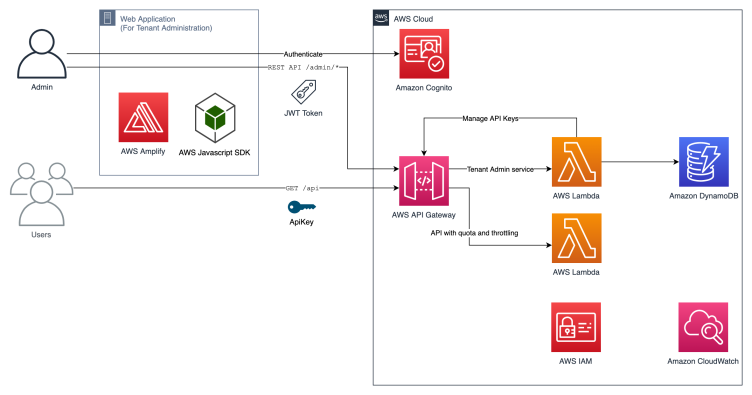
Multi-tenant REST API is a method of controlling the amount of incoming traffic to the API to ensure it performs optimally and remains available to all clients. Throttling can be achieved by setting rate limits, implementing API key validation, using caching, monitoring API usage, and implementing auto-scaling. These techniques help control the amount of incoming traffic, reduce the load on backend systems, and ensure that the API remains available and responsive for all clients. When done correctly, throttling can improve the scalability, performance, and reliability of a tiered, multi-tenant REST API.

Single -tenant:
A single-tenant application is a software solution that is dedicated to a single customer or client.
In this setup, the application is deployed on the customer’s infrastructure and is not shared with any other customers.
This offers a higher degree of customization, security, and control compared to multi-tenant applications, which are shared among multiple customers.
Single-tenant applications are often used by organizations that have specific requirements that cannot be met by multi-tenant solutions.
For example, organizations in highly regulated industries such as healthcare or finance may choose single-tenant solutions for increased security and privacy.
However, single-tenant applications can also have disadvantages, such as increased costs for deployment, maintenance, and upgrades, as well as a lower degree of standardization compared to multi-tenant solutions. Organizations need to carefully consider the trade-offs and choose the deployment model that best meets their needs.

Multi-Tenant:
A multi-tenant application is a software solution that is shared among multiple customers or clients.
In this setup, the same instance of the application is used by multiple customers, and each customer’s data is logically isolated from the data of other customers.
Multi-tenant applications offer several benefits, such as lower costs for deployment, maintenance, and upgrades, as well as a higher degree of standardization compared to single-tenant solutions.
This model is also more flexible and can be scaled more easily to accommodate the needs of multiple customers.
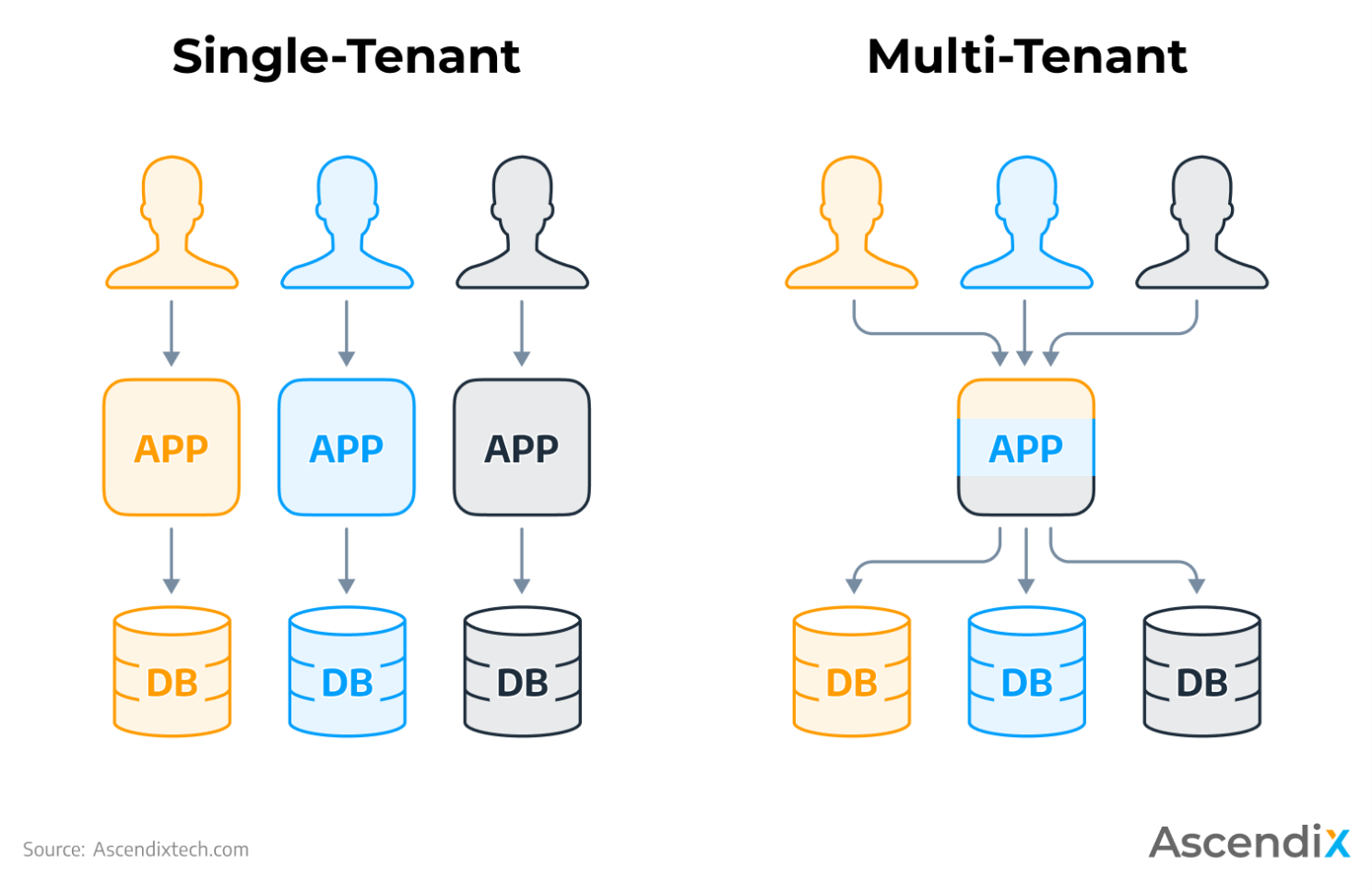
REST-API:
REST (Representational State Transfer) is a architectural style for building web services. RESTful APIs use HTTP methods (e.g. GET, POST, PUT, DELETE) to perform operations on resources represented by URIs. REST APIs can be used to create, retrieve, update, and delete data from a server.
Some of the benefits of REST APIs include:
Loose coupling: REST APIs allow for loose coupling between client and server, which means that changes made to the server will not affect the client and vice versa.
Scalability: REST APIs can handle a large number of requests and can be easily scaled to accommodate increasing traffic.
Interoperability: REST APIs use standard HTTP methods, which makes it easy to build applications that work with different platforms and technologies.
Statelessness: REST APIs are stateless, meaning that they do not store any information about previous requests, making them easier to scale and maintain.
Overall, REST APIs have become a popular way to build web services due to their simplicity, flexibility, and scalability. They are widely used in web, mobile, and IoT applications, and can be used with a variety of programming languages and technologies.

API GATEWAY:
An API Gateway is a server that acts as an intermediary between an application and a set of microservices. Its main responsibilities are to handle request routing, composition, and protocol translation, which means aggregating data from multiple back-end services and returning it to the client.
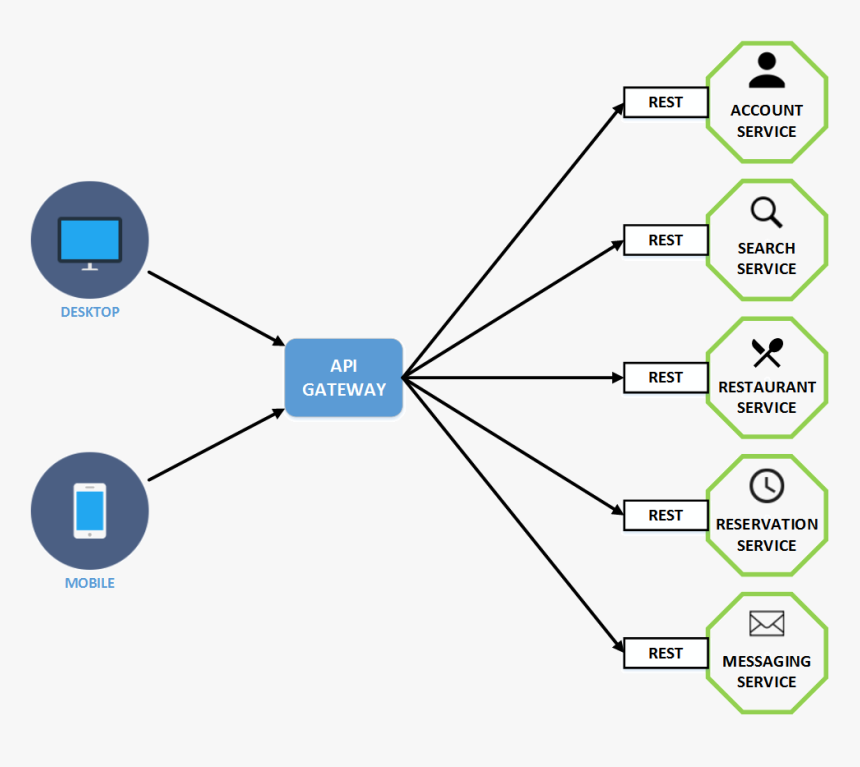
Throttling a tiered, multi-tenant REST API at scale using an API Gateway is a method of controlling the amount of incoming traffic to the API to ensure its performance and availability.
Here are some common techniques to implement throttling using an API Gateway:
Rate Limiting: This involves setting limits on the number of requests that can be made to the API within a given time period. The API Gateway can enforce these limits and reject requests that exceed the limit.
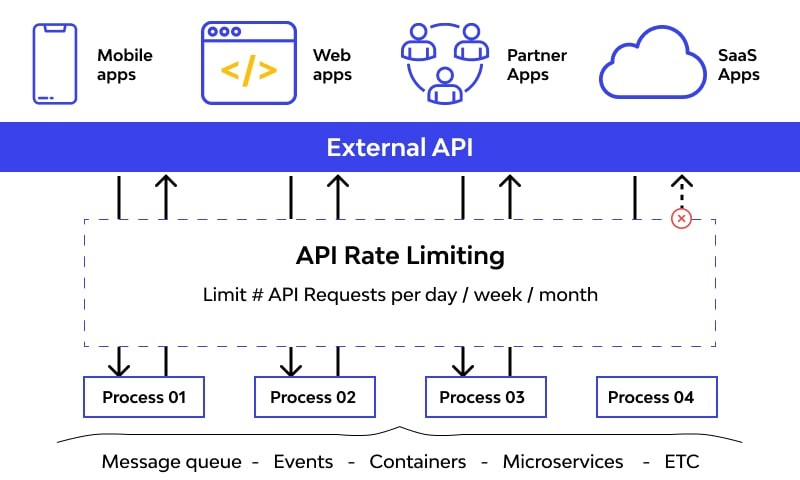
API Key Validation: This involves validating API keys for each incoming request. API keys can be used to identify clients and control access to the API. The API Gateway can reject requests that do not have a valid API key.

Caching: Caching can be used to reduce the load on the back-end services by storing frequently requested data in the API Gateway. This reduces the number of requests that need to be made to the back-end services, improving performance and scalability.

Monitoring API Usage: Monitoring API usage helps to understand the patterns of API usage and identify any potential bottlenecks. The API Gateway can then be configured to dynamically adjust its throttling policies based on the usage patterns.
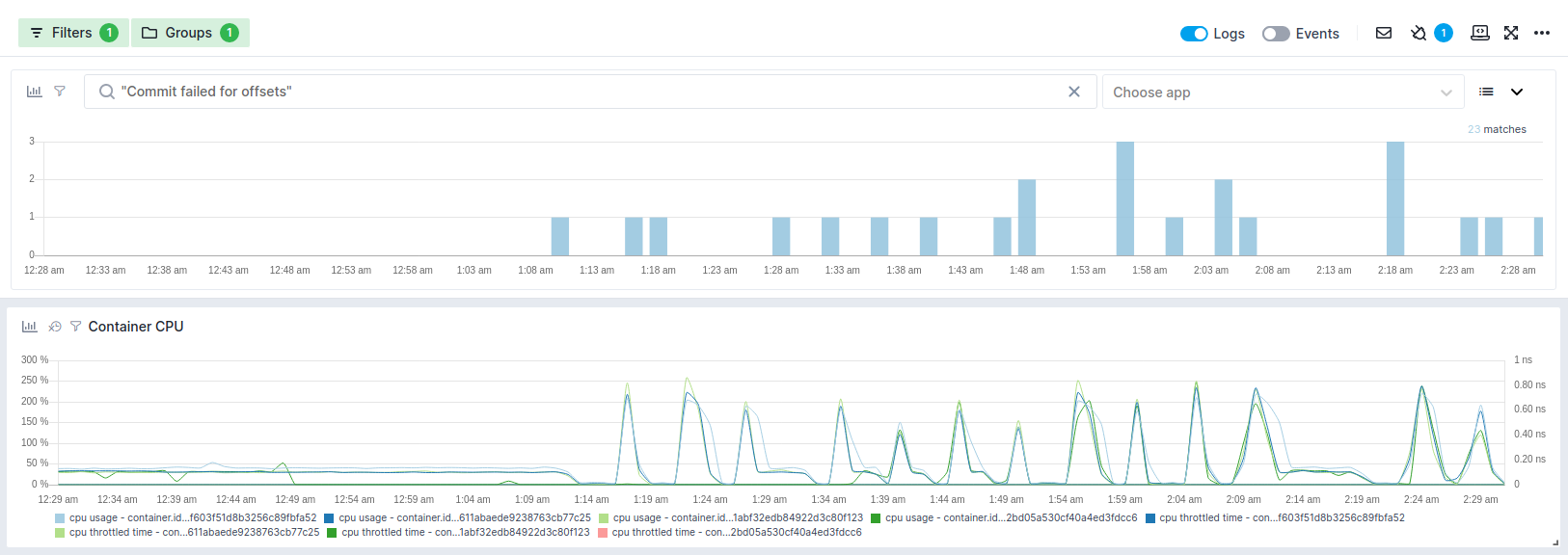
Auto-scaling: Auto-scaling can be used to automatically adjust the number of API Gateway instances based on the incoming traffic, ensuring that the API remains available and responsive during periods of high traffic.

By using these techniques, a tiered, multi-tenant REST API can be throttled effectively at scale using an API Gateway, improving its performance, scalability, and reliability.